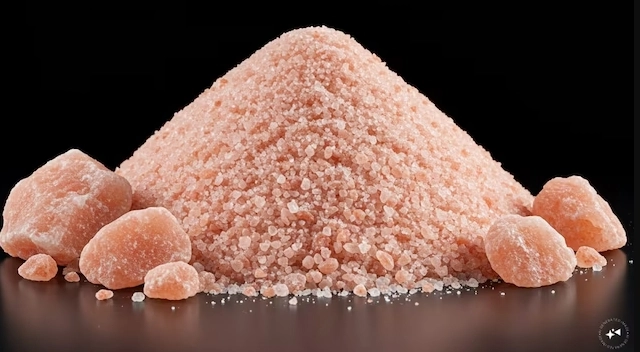
Though India and Pakistan have shared a turbulent relationship since the 1947 partition, there was a time when trade relations between the two nations were notably strong. Despite current hostilities, one surprising and lingering connection still quietly endures: rock salt.
Historically, one of the primary imports from Pakistan to India has been rock salt, commonly known as Sindhav or Sendha Namak, Lahore salt, or Himalayan salt. Rock salt is widely used across India during fasting periods and religious rituals, and it has remained a staple in many households.
Interestingly, India does not produce rock salt domestically. As a result, it once relied almost entirely on Pakistan to meet this need. The salt is primarily mined from the famed Khewra salt mine, located in Pakistan’s Jhelum district in Punjab province. The mine, the second-largest of its kind in the world, produces around 450,000 tonnes of rock salt annually.
The cost disparity is also noteworthy. While the price of rock salt in Pakistan is approximately Rs 2 – Rs 3 per kilogram in Pakistani currency, it sells in India for Rs 50 – Rs 60 per kilogram after processing and packaging.
In 2018–19, a staggering 99.7 per cent of India’s rock salt imports came from Pakistan. However, in response to strained diplomatic Indo-Pak ties and a drive for self-reliance, India has since diversified its sources.
The United Arab Emirates has emerged as the primary alternative supplier. Additionally, India now imports smaller quantities from Iran, Malaysia, Germany, Afghanistan, Turkey, and Australia.
Despite the shift in origin, rock salt remains essential in India, with nearly 80% of households incorporating it into daily use. Processing and packaging units are located in several major cities, including Kochi, Mumbai, Hyderabad, and Delhi.
Rock salt, which crystallises into reddish or pinkish sodium chloride formations, is often mistaken for a decorative item due to its stone-like appearance. Folklore and geological theories alike attempt to explain its distinctive look, adding to its cultural and culinary value.
The recent terrorist attack in Pahalgam, Jammu and Kashmir, on April 22, which claimed the lives of 26 Hindu pilgrims, has plunged bilateral relations between India and Pakistan to new depths. In response to the deadly incident, both nations have taken aggressive diplomatic and economic steps, further straining an already fragile relationship. Amid escalating hostilities, including the suspension of diplomatic ties and cross-border agreements, India’s evolving import strategy signals a broader shift towards reducing its dependence on its neighbour, even for everyday essentials.
What once symbolised interdependence now serves as a case study in strategic diversification and self-reliance.